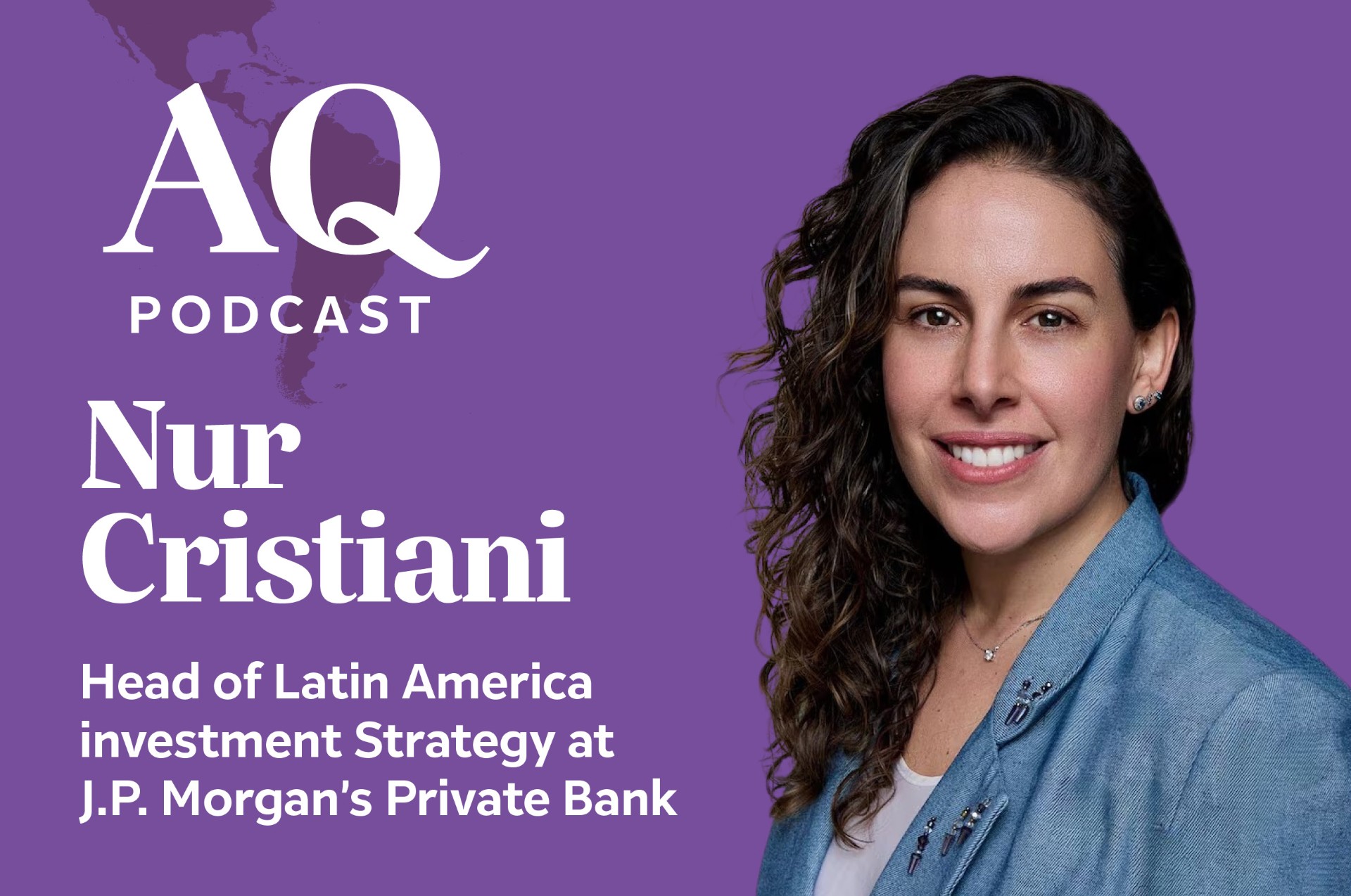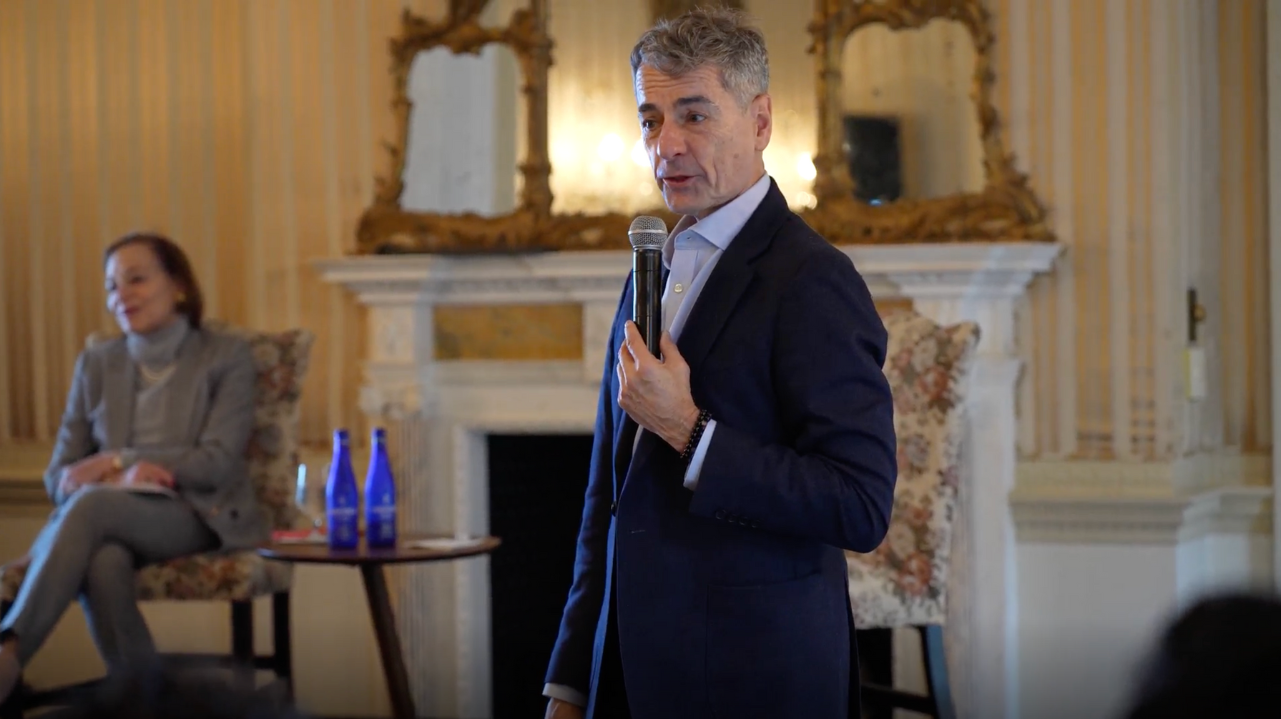Investment Conditions in Cuba
Investment Conditions in Cuba
An AS/COA panel moved the Cuba-policy conversation beyond talk on the embargo, looking into the actual conditions and potential for reform inside different sectors. Read a summary.
Speakers:
- Teo Babún, CEO Babún Group Consulting
- Juan Belt, Director, Chemonics International
- Rafael Romeu, Economist, International Monetary Fund
- Anna Szterenfeld, Latin America Editor, The Economist Intelligence Unit
- Maria Werlau, Consultant and Independent Scholar
- Christopher Sabatini, Senior Director of Policy, AS/COA and Editor-in-Chief, Americas Quarterly (Moderator)
Summary
The March 30 panel discussion, “Investment Conditions in Cuba” examined the current economic situation on the island, with the goal of pre-positioning participants for a time when reform may make private investment in Cuba more feasible. The six panelists and the participants in attendance, including business leaders, journalists and academics, moved the conversation beyond talk on the embargo, looking into the actual conditions and potential for reform inside different sectors, including energy, infrastructure, and telecommunications.
Challenges
There are a number of significant barriers to investing in Cuba. Maria Werlau said Cuba is consistently ranked as one of worst business environments in the world by numerous sources. It has the world’s second highest external debt and is almost completely shut out of international capital markets. Juan Belt noted that the Cuban economy is highly dependent on tourism service exports to a small number of trading partners.
Additional challenges investors face include the requisite 51 percent Cuban ownership in any enterprise, the need to hire workers through the state, and constraints arising from the dual-currency system. A lack of transparency on investment procedures is another concern. Maria Werlau pointed out, for example, that there is still no credible information on the outcome of the Mexican Domus Group’s investment in the telecommunications sector in 1994—one of the largest-ever foreign private investments in Cuba.
Juan Belt said that if Cuba had a regulatory framework in place, investment in telecommunication industries would be interesting to investors as Cuba has the lowest rate of cell phone penetration in the Western Hemisphere. Chris Sabatini pointed out that Cuban regulations aren’t the only obstacles to possible U.S. investment in telecommunications. U.S. regulations tied to the embargo severely limit the scope of products and services that U.S. companies can provide to Cuba, despite the Obama Administration’s commitment to expand communications links between the U.S. and Cuba.
Opportunities
“I’ve learned there is more private infrastructure investment in Cuba than in Costa Rica,” Jan Belt announced, adding that Cuba has favorable terms of trade and that the potential for oil investment in Cuba is greater than in many countries, especially Mexico, where foreigners are banned from exploration. While the Arctic National Wildlife Refuge in Alaska is estimated to hold 15 billion barrels, Cuba’s offshore holding is thought to be between 5 billion and 10 billion barrels. Cuba’s close proximity to the United States, however, would facilitate U.S.-bound oil exports if commercial relations are eventually re-established. Moreover, smaller legislative changes could allow U.S. companies to participate in oil exploration efforts alongside their Chinese, Spanish, and Russian competitors.
Cuba’s tourism sector has also grown enormously in the last decade and was recently boosted by an increase in Cuban-American tourists due to the Obama administration’s changes to travel rules. The country’s airport infrastructure is currently being studied with expansion in mind to accommodate the growth of tourism. If commercial relations normalize, U.S. companies would be poised to help Cuba modernize its air and sea ports.
Anna Szterenfeld of The Economist Intelligence Unit (EIU) highlighted Cuba’s performance in the EIU’s country report in the areas of labor, political policy effectiveness, and taxes. Despite what are commonly agreed to be poor conditions for investment, “For investors in top-priority sectors where investment is permitted, the environment is better than most would think,” she said. She noted that Cuba’s historic relationships with its foreign partners—despite occasional mishaps—have largely been cordial and the Cuban government has generally fulfilled its contractual obligations.
Conclusions on the Future
Rafael Romeu emphasized that 2009 was a difficult economic year for the entire region, Cuba included. In the past, periods of liberalization have occurred when Cuba is in a difficult economic position, but are generally followed by a clampdown once the crisis has been averted. A similar pattern is possible during the current downturn.
Teo Babún said, “Cuba is obligated to begin to introduce free market reforms in the country.” He believes there will be reforms to allow more small businesses and that ongoing efforts to reform the agricultural sector will likely continue.
While she doesn’t foresee an overhaul in foreign direct investment, Anna Szentenfeld said there will likely be some reform on a local level, particularly in the areas of food production, sugar production and property development that could have consequences for foreign firms.
The meeting concluded on a positive note with panelists generally agreeing that although Cuba’s health, education, and military sectors are currently excluded from all foreign investment, its robust healthcare and pharmaceutical sectors could offer ample opportunities for foreign collaboration in the future.








